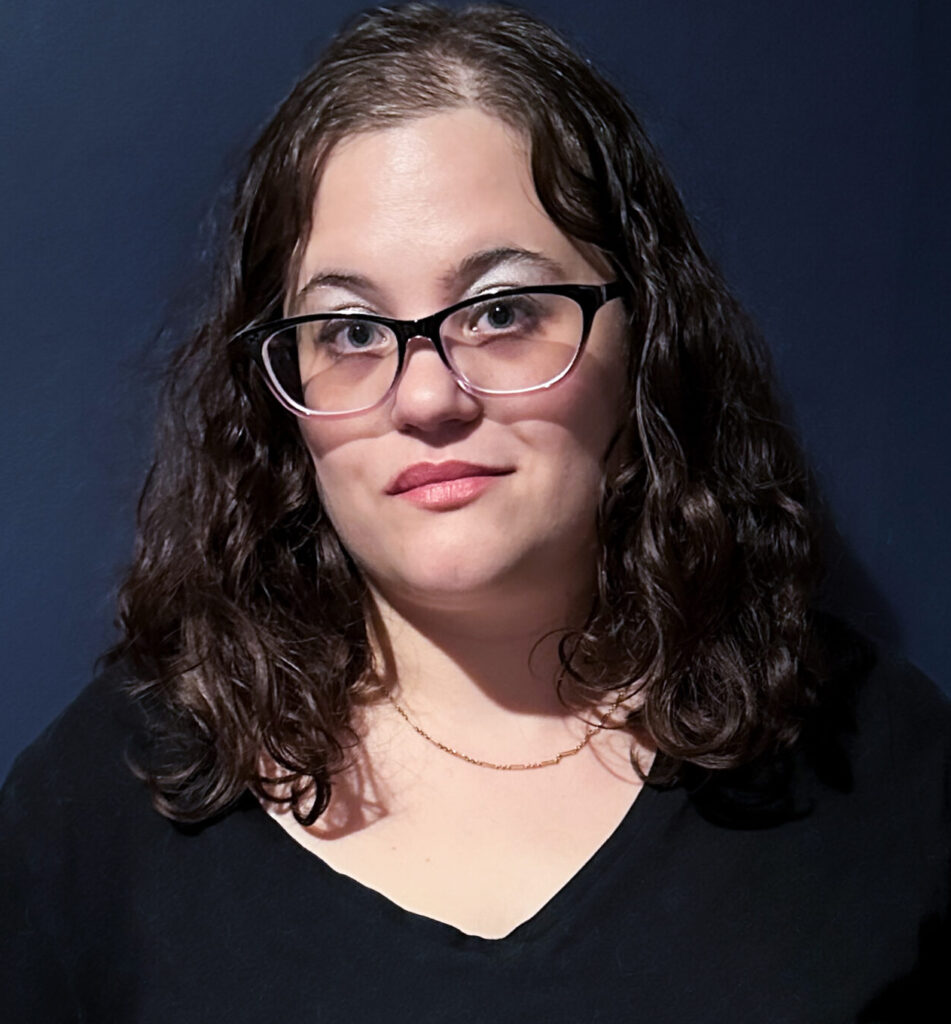
Since misophonia is a newer disorder, and one in which the consensus is still being reached, there is a lot of room for “researchers” to get things wrong. In-fact, getting things wrong is often and important part of the scientific approach. This is why replication is one of the most important things in studies—if something cannot be replicated, it is not yet seen as truth. And yet, despite this, charlatans are often quick to tote “studies” (often one time case studies without replication) as “proof” that their treatment or theory is legitimate. This is dangerous.
I want to first point out that technically speaking, anybody can be published as a researcher. Traditional barriers of entry like having a Research Centre or University backing are becoming less and less with the birth of entirely online journals. More chilling, there is a growing number pay to play publications that essentially take the money of the author—go through an expedited “peer review” process—and then churn out whatever “research” was submitted under the guise of science. There is no money in rejecting numerous papers. This is why people who are not PhDs, or even in strict research fields can get in so many journals. Whether a person is a behavioral analyst, doctor, or a janitor, their “research” can join the world with little to no barriers. Except a little money.
To further this unethical practice, the internet has little to no rules for claims and name ownership. One can be an “institute” or “centre” without ever having a physical address or license to back this claim. After-all, anybody can buy a domain name with a tricky keyword and try to tell the world they’re an expert. This is a frustrating reality, but, one we have to live with and learn to parse out and avoid for ourselves.
Even more insidious than pay to play researchers are doctorate level researchers without sufficient neuroscience background insisting that misophonia is cognitive. This is particularly pervasive with CBT research, despite little to no replicable evidence that exposure or CBT is helpful for misophonia. In fact, most people who tried exposure, have come back with saying it was a “torturous” experience. With that said, these cognitive researchers are so shut off and set in their ways that they refuse to acknowledge research from neuroscientists like Sukhbinder Kumar which show an entirely different picture of misophonia—and one that has been shown on brain scans, not just with case studies and theories.
To a hammer everything looks like a nail.”
It is very unfortunate that even at the doctorate level (PhD) we have researchers who are blind to emerging studies and toting their own irresponsible theories as scientific evidence. Even more insidious, these researchers have easier access to publication, and are well-respected by their peers. I am horrified by the possibility that cognitive behavioral therapy (CBT) will become the go-to to worldwide therapists merely because of half-baked research that presents misophonia as receptive to exposure—despite the little evidence that it’s even cognitive instead of neurological.
This is flabbergasting to me. I was always taught that science is the pursuit of following the evidence, but instead, many camps of theories are emerging that are blatantly ignoring the reality, data, and brain scans of people who actually have misophonia and were studied.
Parents and sufferers must be proactive about misophonia advocacy. Share studies with your therapists and let them know of the emerging neuroscience. You can always find research at www.misophonia-research.com and send this link to clinicians, colleagues, and peers. It is an unfortunate reality that we must be vigilant when we read “scientific” studies, but like science itself, questioning everything and seeing if there are replicated results (multiple sources) is the only way forward.
If you have tried a “treatment” that did not help, please share your story to help others avoid the same experience!
If you are looking for misophonia coping skills, you can go here to see coaching (worldwide) and here to see therapy (Canada) options with Shaylynn Hayes-Raymond. Shaylynn also offers both live and on-demand webinars for misophonia.







